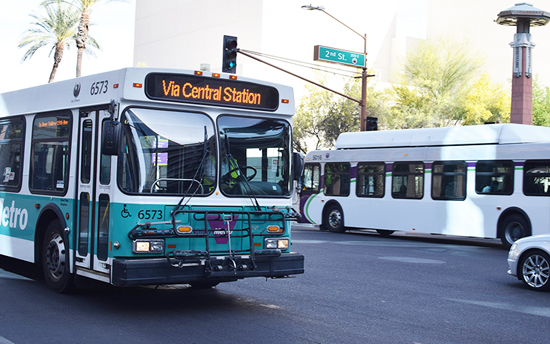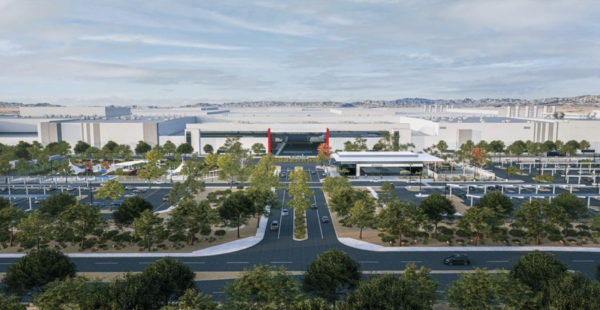
By Arren Kimbel-Sannit | Cronkite News
Transportation Department budget cuts proposed by the Trump administration could threaten Valley rail projects in which the federal government has already invested $75 million, the head of Valley Metro said Wednesday.
CEO Scott Smith joined other public transit officials who said the proposed cuts could also hobble the economic development that often accompanies investments in transit infrastructure.
“We are now close to $9 billion in real estate activity within a half-mile radius of the light rail corridor in just eight years,” Smith said during Wednesday’s conference call.
But Smith said proposed rollbacks of the Federal Transit Authority Capital Investment Program and other federal grants in the Trump budget blueprint could jeopardize expansions on the outer reaches of the light rail system and the construction of a streetcar system in Tempe.
Nationally, the cuts could put 800,000 jobs at risk, put $90 billion in economic output in the balance and halt progress on 50 transit programs with decades of planning and tens of billions of dollars already invested, said Dick White, president of the American Public Transportation Association.
“I’m not terribly surprised that they don’t like (the cuts),” said Michael Sargent, an infrastructure policy analyst with the Heritage Foundation. “Free money is incredibly popular. Especially when it comes to capital investment grants, you’d be hard-pressed to find a transportation program that provides worse incentives for localities.”
He said federal grants encourage local governments to come up with “flashy,” wasteful systems that leave cities on the hook for future maintenance.
Most federally funded transit systems are flat-out unnecessary, Sargent said. The ones that are necessary often exceed budget, fail to meet projected ridership and have extra costs because of conditions that come with federal money, like requiring American-made materials.
Federal funding also promote rail systems, which Sargent said are more expensive than other transit options.
But Smith, a Republican and a former Mesa mayor, said federal investment generally represents the minority of funding for a project. The standards for getting that money require that “things are done with as much work and as much detailed planning and engineering as possible” prior to cashing a government check.
One academic agreed with the transit officials that investing in transit systems benefits local economies and that cutting federal investment would have the opposite effect.
“Cuts to public transit will hurt, there is absolutely no question about that,” said Ram Pendyala, a professor of transportation systems at Arizona State University.
He said public transit provides choice and often bolsters economic development in metropolitan areas. And while opponents of federal investment in mass transit often point to a lopsided benefit for urban areas, Pendyala said it can also help rural communities.
“Public transit could actually fill a very important mobility need for rural areas that want to access economic opportunities in metropolitan areas,” he said. “The question is whether we should be enhancing public investment in rural communities.”
As a conservative, Smith said transit investment is an ideal federal investment.
“When I look at the conservative side of what government does, it should be limited, but it should also be smart,” he said. “Public transit is both limited and smart. Investment in capital projects is like honey that attracts private investment bees, and they do it in swarms.”
But Pendyala said there’s still a central conflict in this area: Does the benefit of transit projects outweigh the costs of construction and displacement?
“The debate as to whether the economic benefits outweigh the economic subsidy provided to public transportation is an age-old debate,” he said. “There is no clear answer that is right or wrong in the debate, perhaps it just depends on your perspective.”











